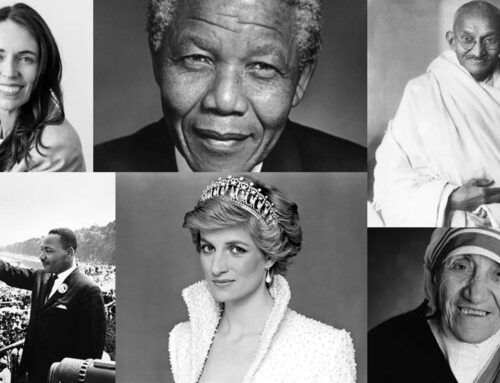
It is said creativity is a way of looking at the world, a way of seeing that invites innovation, lateral ideas and a widening of the lens. It is also said it requires courage and motivation, risk and most likely failure. That’s a lot!
But in the hands of an entrepreneurial thinker – it’s the energy source required to make magic. It’s the intersection of the right and left brain. It’s the yin to their yang. And creates the power to innovate. After all, the true entrepreneur is a doer, not a dreamer.
But it’s a tightrope. A delicate balance of awareness and practice. And while creativity and entrepreneurial thinking can come more easily to some, than to others, it is a muscle that can be built – as it resides in all of us.
Entrepreneurs are, by default, inventors. Innovators. Risk takers. Sometimes of products, but always of businesses. Creativity loves them because entrepreneurialism is a creative pursuit, just like an artist is creative. Artists begin with a canvas and, with their own subconscious, create a work of art. Entrepreneurs also begin with a blank canvass and, with their own mind channel inspiration into what will become their ‘business’.
The best of entrepreneurs can take a creative idea, run it to ground and in so doing find a customer, create demand, build distribution channels, teams, suppliers and ultimately, a business. Picasso, abstractly, is one such fellow – he deftly walked the fine line between creativity and commercial success – not for no reason did he watch carefully the success of his peers (competitors) such as Braque and Matisse and effectively and creatively mould his work to innovate the best of their work.
Whether you are an entrepreneur, business leader or project director the power of good leadership is to walk the tightrope of enough creative expression married with commercial realism and acumen. Here are 8 ways you can build this thinking into your organisations, teams and projects:
- Ask questions all day long – widen your understanding and interest in everything around you and never be afraid of asking a ‘dumb’ question.
- Take an interest in others and what they have done – learn from other people’s successes and failures.
- Put yourself in new situations to make sure you are seeing things from many different perspectives.
- Be open to risk, because this is where innovation starts.
- Then, be ready to fail, because it’s highly likely you will.
- Look after your head, heart and body, by resting, eating well, exercising so you can be ready to jump on great ideas when they drop in.
- Stoke your own creative muscle by learning guitar or painting or writing or cooking or whatever pursuit brings you joy.
- Improvise… as the journey will take lots of twists and turns.
And finally, encourage those around you to do the same so that innovation becomes the core of what you do and how you think.
By Alexandra Smart (August, 2022)
Alexandra was Founder and Managing Director of GINGER & SMART, one of Australia’s leading designer fashion brands, for 20 years prior to its sale to private equity investors in 2019.
Art credit: Weeping Woman, Picasso, 1937, National Gallery of Victoria, Melbourne
To connect with our executive coaching experts please contact us here.


